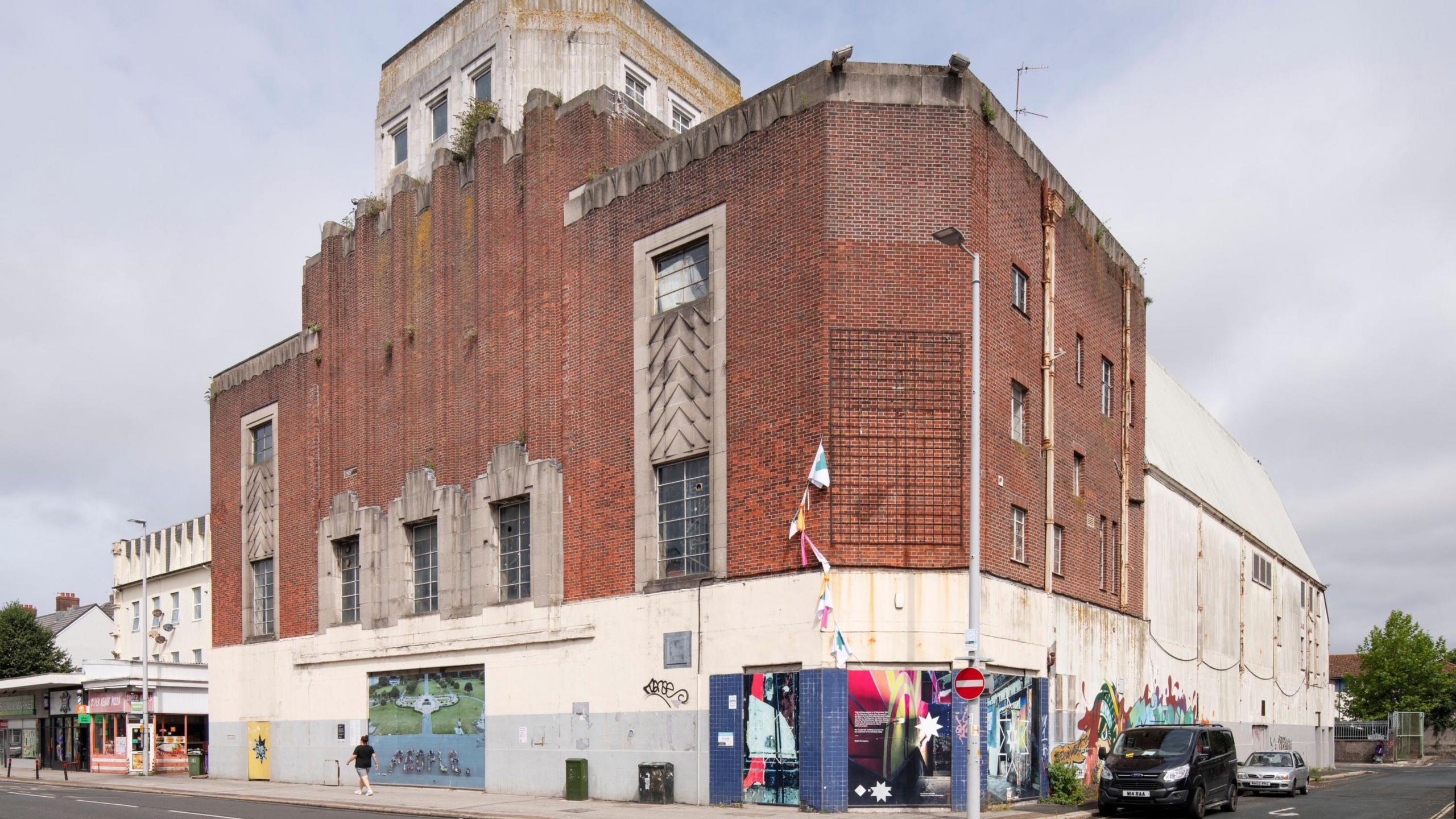Gas works unearth ancient marker stone under road
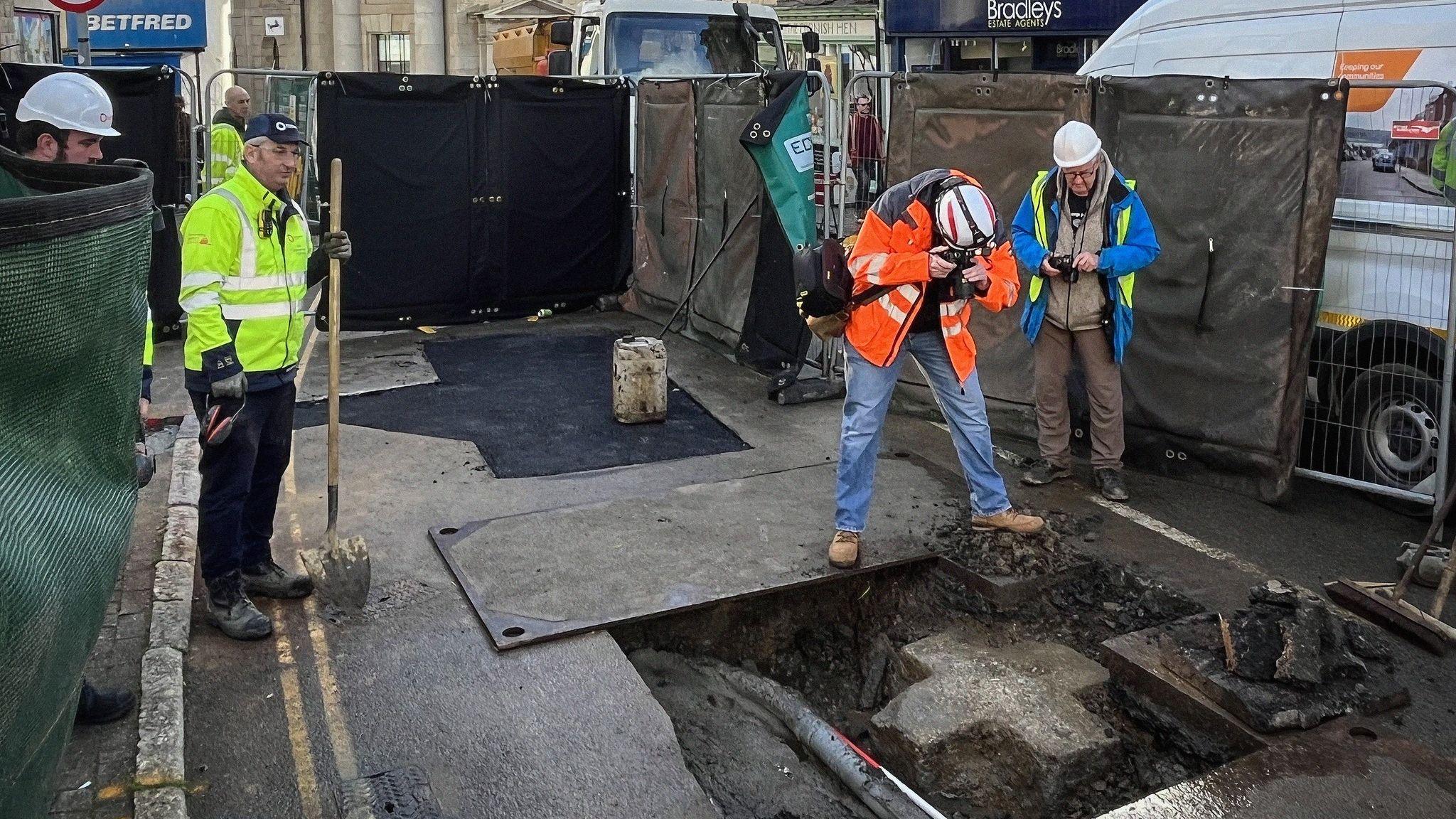
The granite marker shows where the Borough Cross stood
- Published
A largely forgotten piece of history has been uncovered during gas pipe replacement works.
Wales and West Utilities said workers exposed a granite marker stone buried beneath the road surface in Greenmarket in Penzance, Cornwall.
The find has been identified as the site of the Borough Cross, which once marked the exact centre of the town.
The original Borough Cross, which now stands outside Penlee House Gallery and Museum, was moved to make way for road widening in 1829, and a granite marker was embedded in the road to keep the historic centre visible.
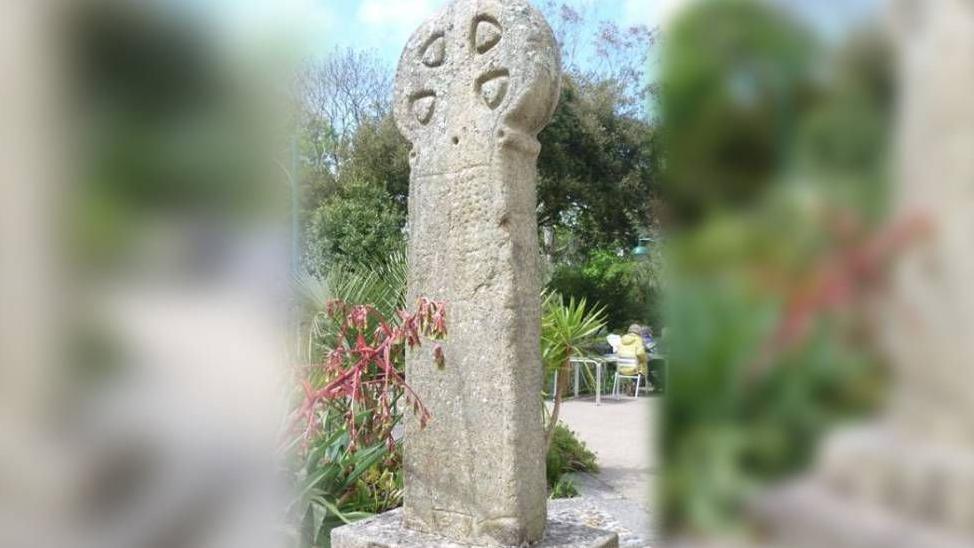
The Borough Cross is now outside Penlee House Gallery and Museum
The cross dates back to 1614, when the town's boundaries were drawn as a circle radiating half a mile (800m) from the Market Cross, according to Penzance Council.
It played a key role in the beating of the bounds ceremonies in the mid-1800s, when the mayor would stand on the cross before leading a civic procession to boundary stones. Over time, resurfacing work buried the marker and its existence had been largely forgotten.
Archaeologist Tom Goskar said the marker stone, spotted by local historian and author Linda Camidge, was "fascinating" and it was rare for an artefact like it to survive.
He also thanked Wales and West for co-operating on the measuring and photographing of it, before the cross was reburied under protective plastic and its site marked.
"It's remarkable because it could have been destroyed several times, so we are very lucky it has survived," he said.
The marker stone will be added to Cornwall Council's historic environment record, external, protecting it during future works.
Follow BBC Cornwall on X, external, Facebook, external and Instagram, external. Send your story ideas to spotlight@bbc.co.uk, external.
- Published27 January 2024
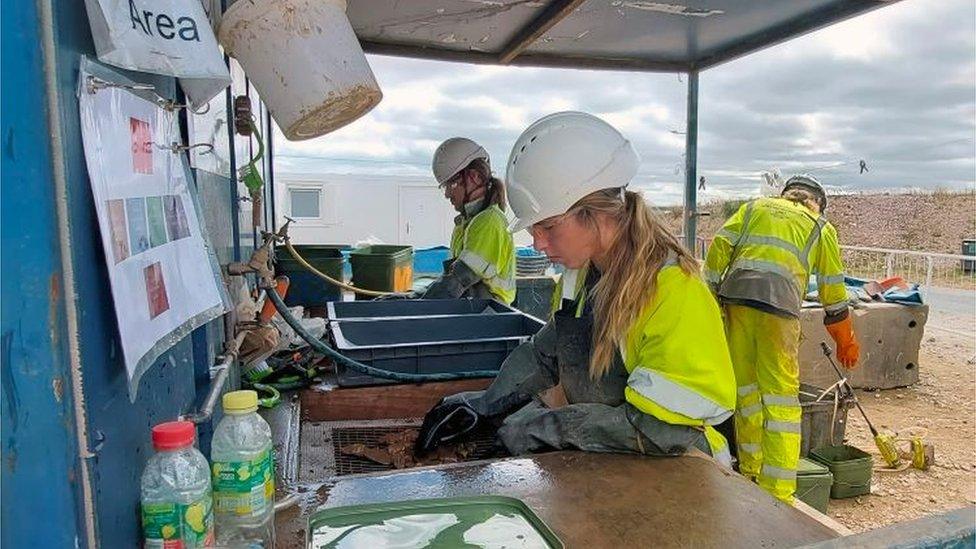
- Published3 July 2019
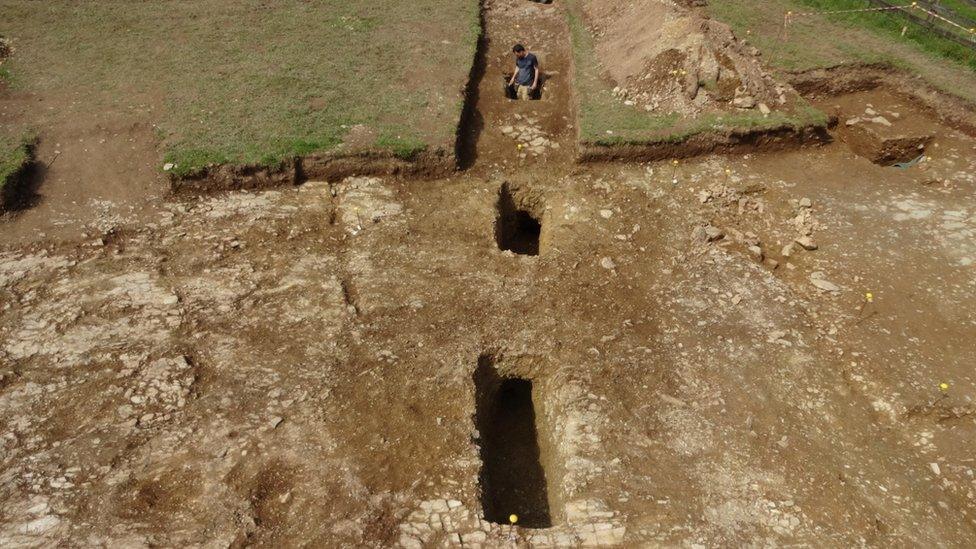
- Published7 August
